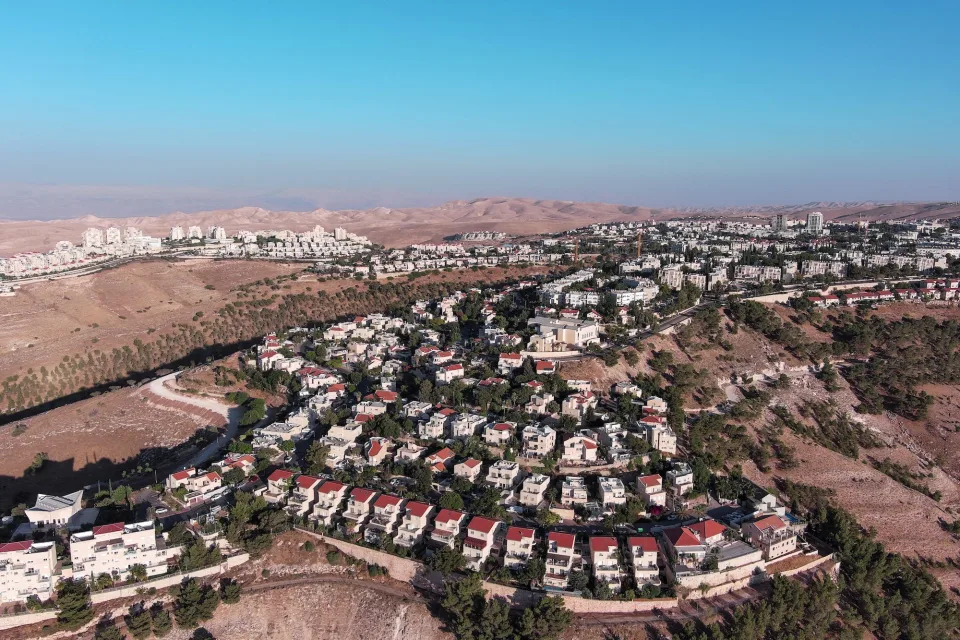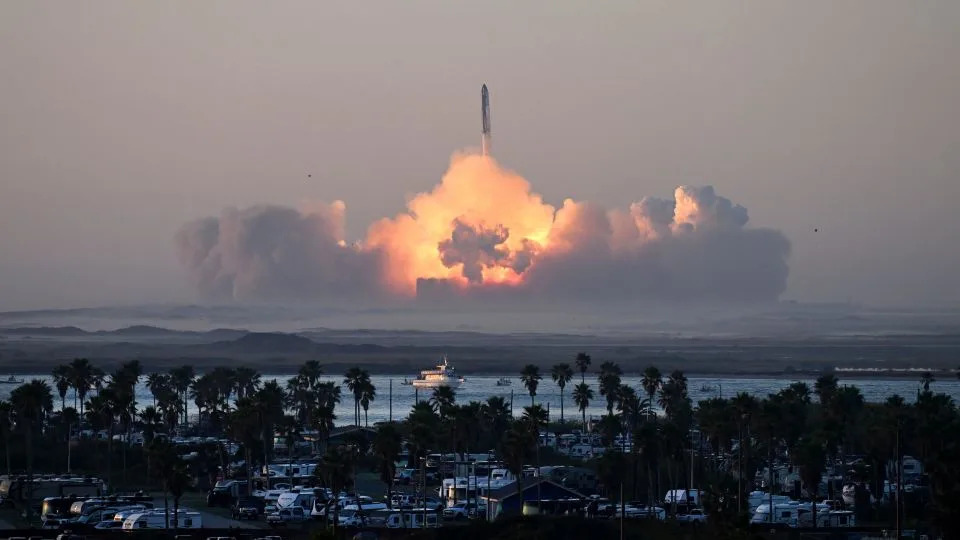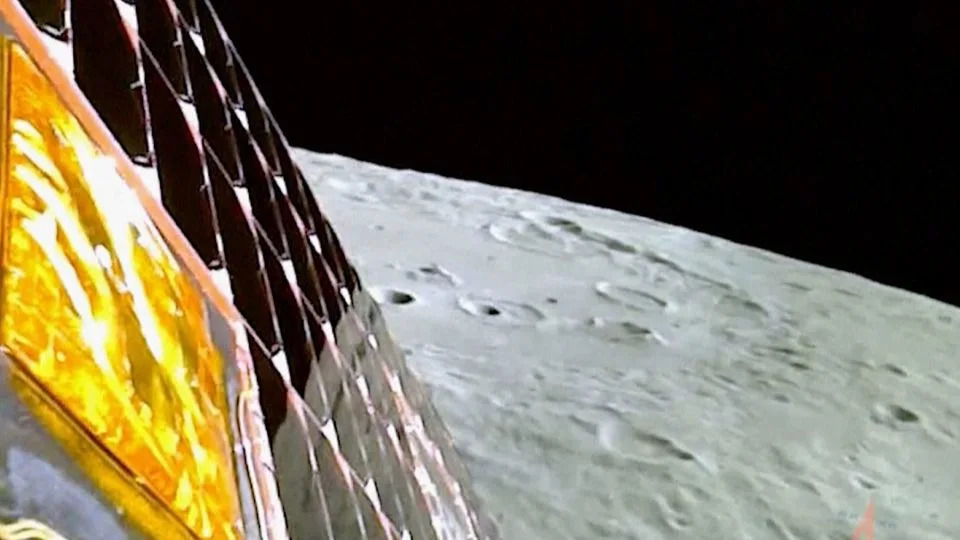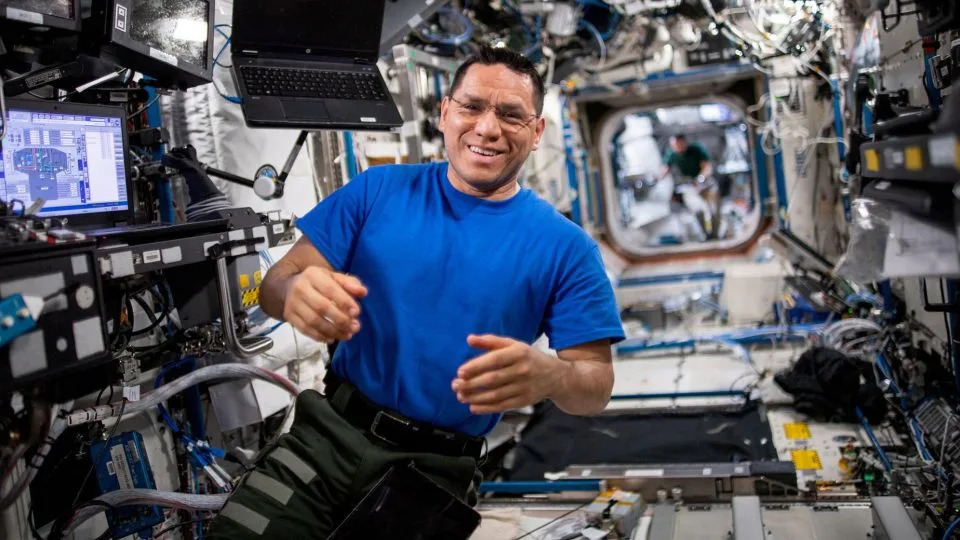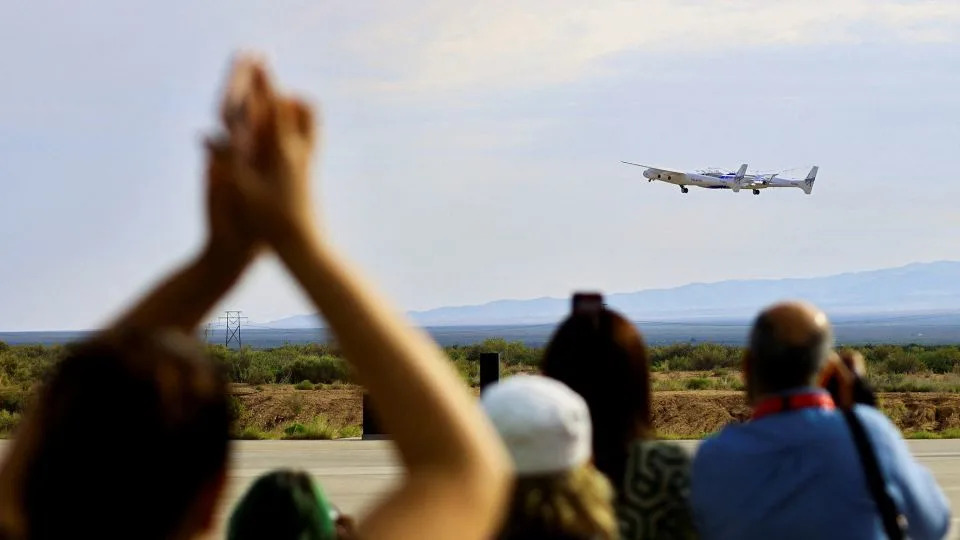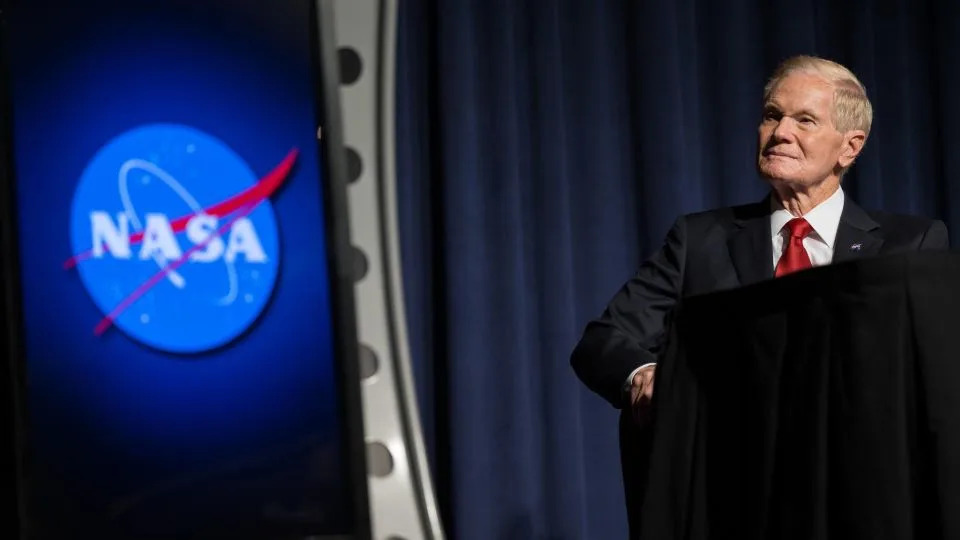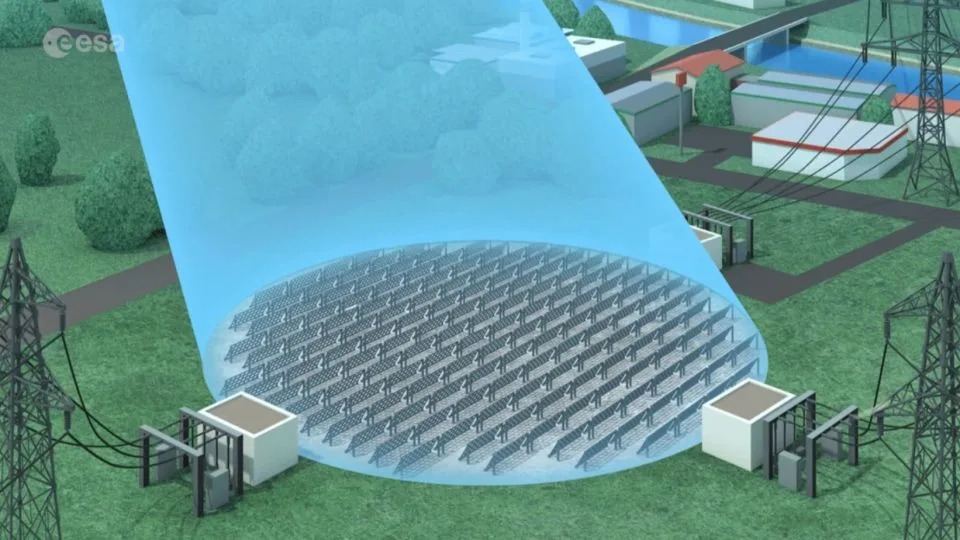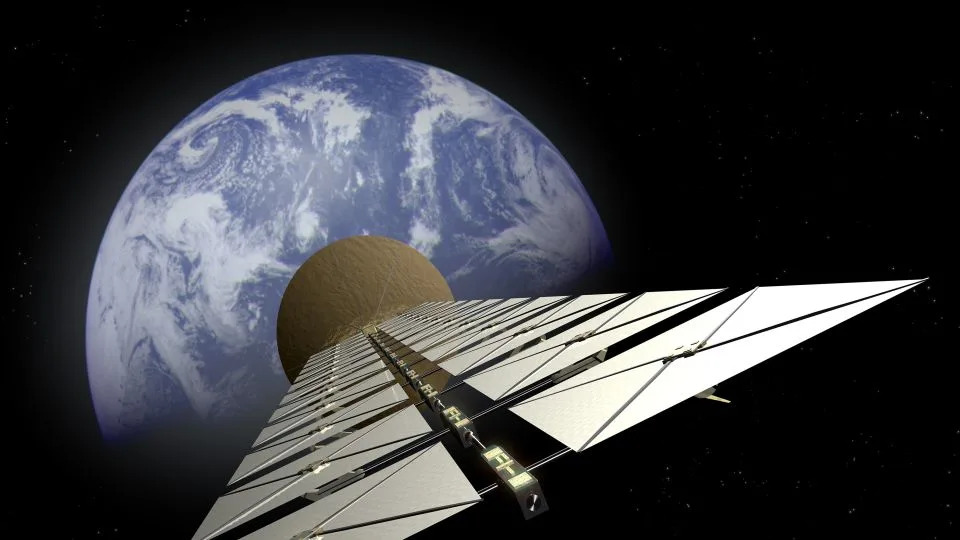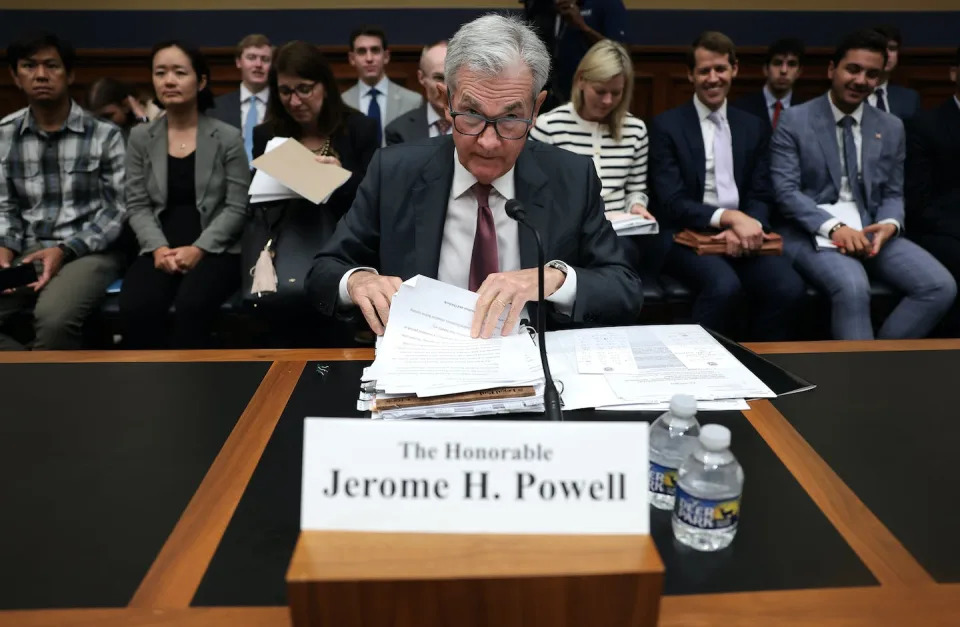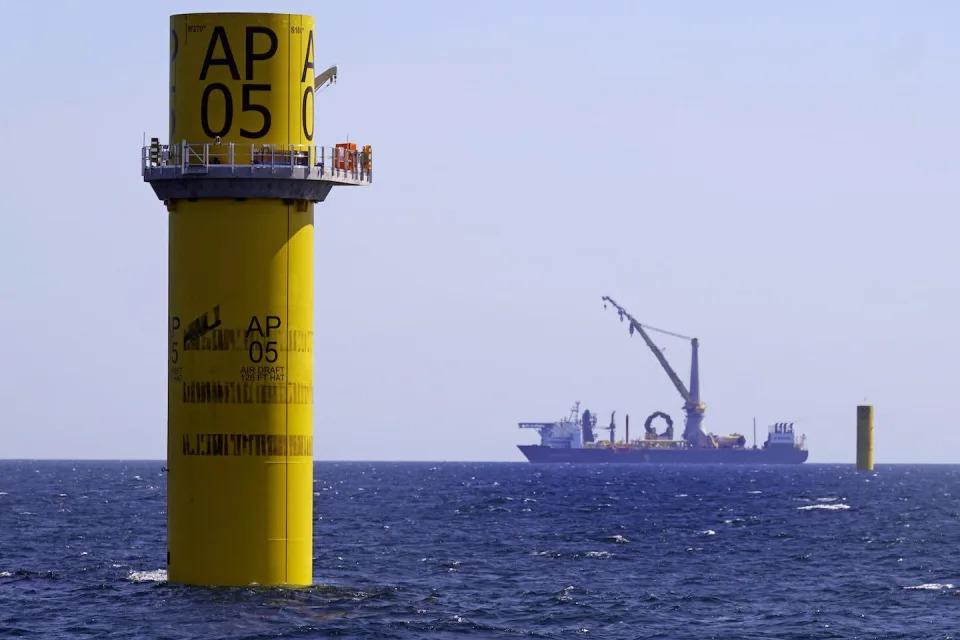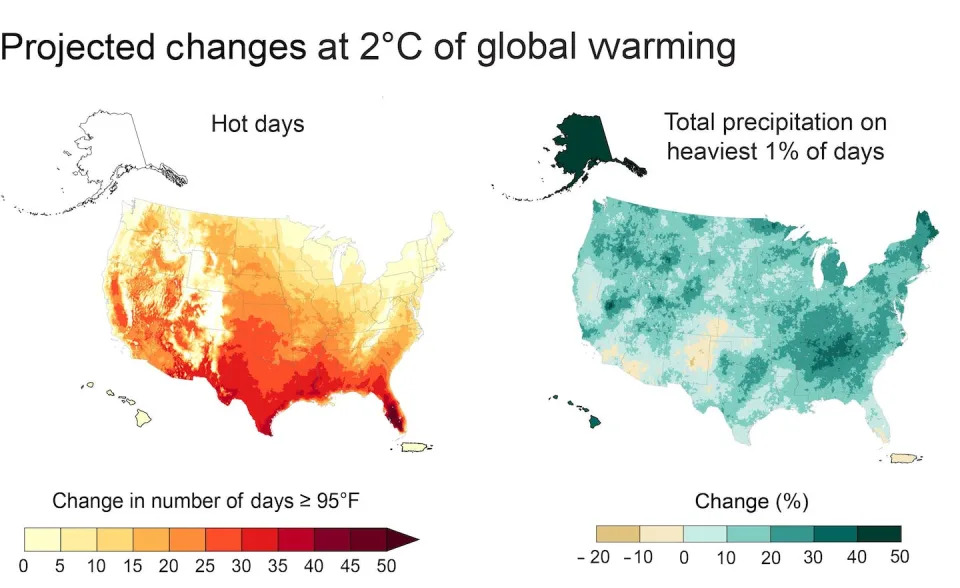Airport protests in NYC, LA force some travelers to walk to terminals
John Bacon and Jorge L. Ortiz, USA TODAY
Updated Thu, December 28, 2023
Roads leading to two of the nation’s busiest airports in New York and Los Angeles were temporarily blocked Wednesday by pro-Palestinian demonstrators demanding an end to the war in Gaza, prompting some travelers to reach terminals by foot.
In the middle of the hectic holiday travel season, traffic on the expressway to John F. Kennedy Airport in New York came to a halt for 20 minutes as protesters locked arms and held banners.
Video posted on social media showed passengers, some carrying suitcases, leaving vehicles behind and stepping over barriers onto the highway median. Officials later arranged for buses to take stranded travelers to the airport.
At around the same time, activists snarled driving conditions on the road that feeds into Los Angeles International Airport by dragging blocks of concrete, tree branches, construction debris and other objects into the roadway, according to L.A. police. Police said in a social media post that protesters threw an officer to the ground and attacked uninvolved passersby in their vehicles, adding that "this was not a peaceful demonstration.''
Authorities said 26 people were arrested at the JFK protest and 36 at LAX, including one for battery of a police officer. Both airports ranked among the nation’s top-six in boardings last year with more than 26 million each.
NYC protesters for Gaza ceasefire hold mock funeral
AFP
Thu, 28 December 2023

People gather and mourn in front of 500 baby dolls wrapped in a shroud, in remembrance of children killed in the Gaza Strip, in New York on December 28, 2023. (Charly TRIBALLEAU)
Hundreds of pro-Palestinian protesters took to the streets of New York on Thursday, staging a mock funeral in a demonstration against Israel's continued heavy bombardement of the besieged Gaza strip.
Holding banners demanding an immediate ceasefire, the activists gathered in Manhattan's Bryant Park while some briefly stood in the middle of the busy Sixth Avenue in the heart of New York's Midtown district.
Several women shrouded in black held baby dolls swaddled in white cloths to represent the toll the fighting has taken on children in the coastal territory.
The mock funeral procession headed to New York's iconic Times Square where the protest continued with giant electronic advertisements as a backdrop.
"Today's action is to draw attention to the fact that, as of now, almost 10,000 children, just children alone, not counting everybody, not counting all Palestinians, have been killed... in Gaza," said archivist Grace Lile, 64.
The war, which started with Hamas's October 7 attack on Israel, has devastated much of northern Gaza, and the bombardment and fighting has intensified especially in the southern city of Khan Yunis.
Israel has vowed to destroy Hamas in retaliation for the October 7 attack, which left about 1,140 people dead, mostly civilians, according to an AFP tally based on Israeli figures.
Israel's relentless aerial bombardment and ground invasion have killed at least 21,320 people, mostly women and children, according to Hamas-run Gaza's health ministry.
New York City has seen dozens of protests since the October 7 attack and Israel's military response, with both pro-Palestinian and pro-Israel demonstrators taking to the streets.
abr-gw/mdl
AFP
Thu, 28 December 2023

People gather and mourn in front of 500 baby dolls wrapped in a shroud, in remembrance of children killed in the Gaza Strip, in New York on December 28, 2023. (Charly TRIBALLEAU)
Hundreds of pro-Palestinian protesters took to the streets of New York on Thursday, staging a mock funeral in a demonstration against Israel's continued heavy bombardement of the besieged Gaza strip.
Holding banners demanding an immediate ceasefire, the activists gathered in Manhattan's Bryant Park while some briefly stood in the middle of the busy Sixth Avenue in the heart of New York's Midtown district.
Several women shrouded in black held baby dolls swaddled in white cloths to represent the toll the fighting has taken on children in the coastal territory.
The mock funeral procession headed to New York's iconic Times Square where the protest continued with giant electronic advertisements as a backdrop.
"Today's action is to draw attention to the fact that, as of now, almost 10,000 children, just children alone, not counting everybody, not counting all Palestinians, have been killed... in Gaza," said archivist Grace Lile, 64.
The war, which started with Hamas's October 7 attack on Israel, has devastated much of northern Gaza, and the bombardment and fighting has intensified especially in the southern city of Khan Yunis.
Israel has vowed to destroy Hamas in retaliation for the October 7 attack, which left about 1,140 people dead, mostly civilians, according to an AFP tally based on Israeli figures.
Israel's relentless aerial bombardment and ground invasion have killed at least 21,320 people, mostly women and children, according to Hamas-run Gaza's health ministry.
New York City has seen dozens of protests since the October 7 attack and Israel's military response, with both pro-Palestinian and pro-Israel demonstrators taking to the streets.
abr-gw/mdl




